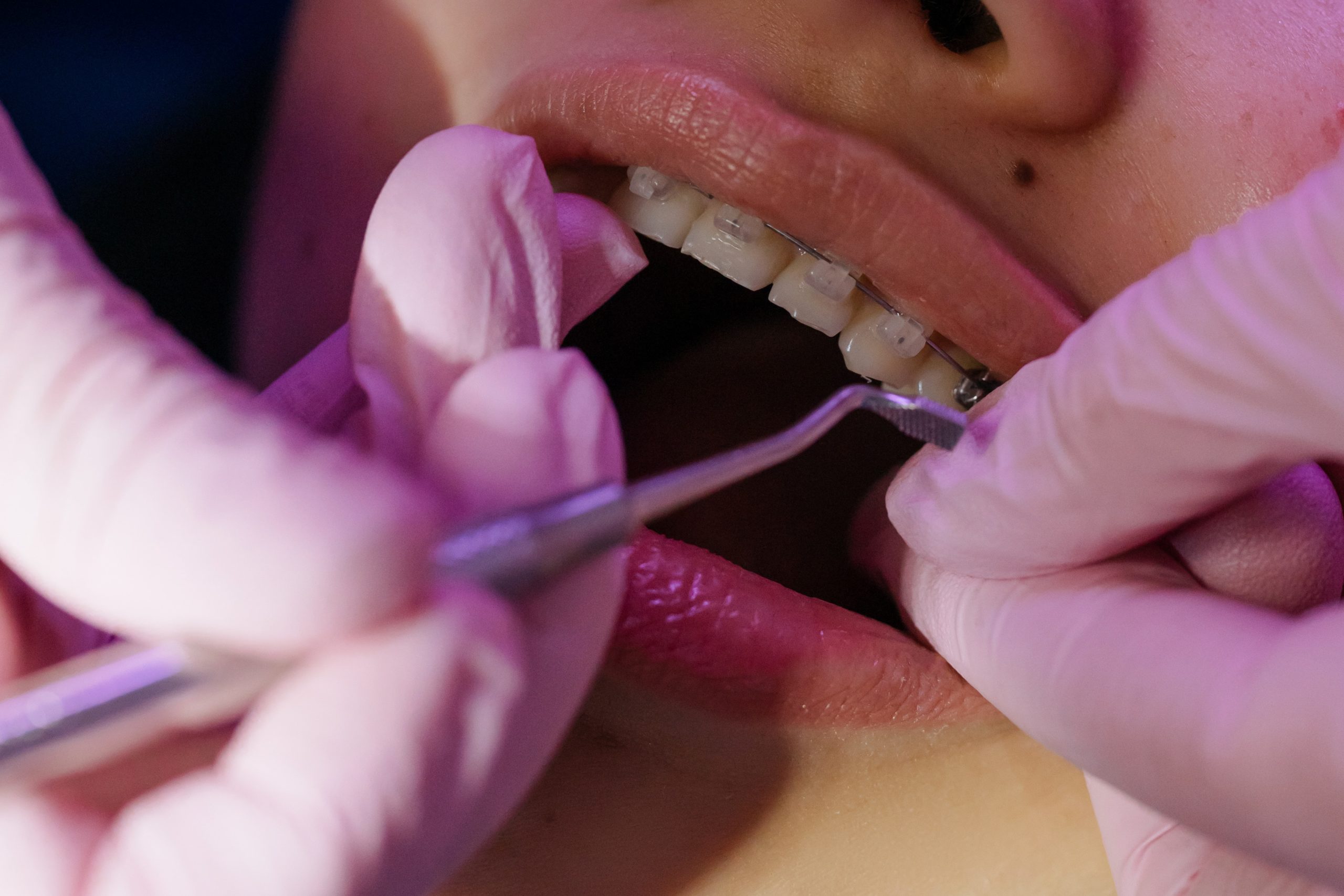Dental Braces- Revolutionary Pathway To Get Straightened Teeth

Most people often try to hide their ugly smile because of crowded teeth, crooked teeth, or bite problems (such as overbite, underbite, crossbite, and open bite) that can also set the stage for dental concerns like cavities and gum disease and in some cases lead to temporomandibular joint disorder, headaches, and mouth, jaw, and neck strain. Other than smile aesthetics, misaligned teeth also result in chewing, biting, and speaking difficulties.
Dental Braces- Revolutionary Pathway To Get Straightened Teeth
Dental braces are orthodontic appliances that are used to properly align the teeth and jaws by putting pressure on the teeth to slowly guide them in the correct position over a particular time frame. Typically, they are made up of wires, brackets, and bands but can be ceramic-based and easily blend with natural teeth color. Nowadays, minor corrections can be made by removable and comfortable dental braces like customized invisible braces (Invisalign or clear aligners).
Most people opt for dental braces to improve their facial appearance, gain confidence, and maintain good oral hygiene. Dental braces can help achieve an aesthetically pleasing smile and an even bite. Although they are worn by teenagers, they have also gained popularity among adult professionals who wish to influence society with their gorgeous smiles.
Types of Dental Braces:
Following are the most popular dental braces types that help people achieve straightened beautiful smile:
1. Metal or Traditional Braces – These are the most common type of dental braces composed of metal brackets (glued to each teeth), an archwire (to put pressure on the teeth), and elastic O-rings (to connect wire with brackets). In the past, they have been very bulky and noticeable but with advances in dental technology and innovation, they are made smaller, more comfortable, faster, and more effective. Mostly, they are used for children and adolescent patients. For teeth shifting to take place, the wires are adjusted after every 4-8 weeks by an orthodontist.
2. Ceramic Braces – These are made of tooth-colored, clear dental brackets which makes them less visible. They are of the same shape and size as metal braces and also work in the same way. Mostly, these are preferred by teenagers and adults who have aesthetic concerns and wish to straighten teeth affordably and discreetly. However, they require more care and protection as compared to metal braces because they are slightly larger and more brittle, thereby making them an unsuitable tool for everyone.
3. Lingual Braces – These are the most specialized types of dental braces and least common orthodontic tools that are fixed on the inside of the teeth by an orthodontist with proficient skills. They are heavy metallic braces that can even be made of silver or gold. The treatment is highly beneficial for aesthetically conscious patients as these braces offer complete invisibility, full customization to the specific teeth, as well as versatility and improved efficiency in selected patients.
4. Self-Ligating Braces- These are available in ceramic/clear material or metal and work the same as them. The only difference is that these braces use clips or doors instead of elastic rubber ties to secure the archwire in place. They are chosen by patients who cannot stay on a dental chair for long, who are highly sensitive to any discomfort, and those who experience developmental delays and orthodontic needs as only in a short treatment session, the wires can be adjusted easily.
5. Invisalign aligners- In today’s time, Invisalign is the most popular type of removable and comfort dental braces. It is clear and transparent and allows easy maintenance of teeth. Mostly, people who earlier had braces at a younger age and just want a touch-up or those who possess mild to moderate dental problems like misaligned teeth, open bite, large overbite, and no jaw alignment problems go for Invisalign treatment.
How Do Braces Move Teeth?
Before learning the working of braces, the person must be familiarized with the basic components of braces: Brackets, archwires, and O-rings and have an understanding of how natural teeth are constructed. The teeth are surrounded by gingiva (gum tissue) at the top and a periodontal membrane encases them at the bottom. Next to both of these lies the alveolar bone.
After placement of the dental braces, constant pressure is exerted on the teeth for an extended time. This leads to stretching of the periodontal membrane on one side and its compression on the other, which slightly loosens the misaligned teeth. Finally, bone remodeling (new bone growth) occurs to support the loose teeth.
The force and pressure behind the positive movement of teeth are provided by brackets and archwires. Archwires are composed of materials (such as nickel-titanium alloy) that get activated by the body heat to become stiffer despite them struggling to retain their normal shape. The adhesion of brackets to the teeth surface using glue makes it possible for pressure to be applied evenly to the teeth.
Post-Treatment Care for Dental Braces:
- Brush twice a day and floss once to maintain oral hygiene as healthy teeth respond better to the treatment.
- Avoid sticky, hard, and sugary food such as gum, caramel, and ice as well as carbonated or sugar-rich drinks.
- Do not indulge in contact sports, if one wishes to play, wear a mouthguard.
- Do not miss the follow-up dental visits.
To get comfortable dental braces treatment it is important to get this treatment from an expert dentist. Consult now for more information.

